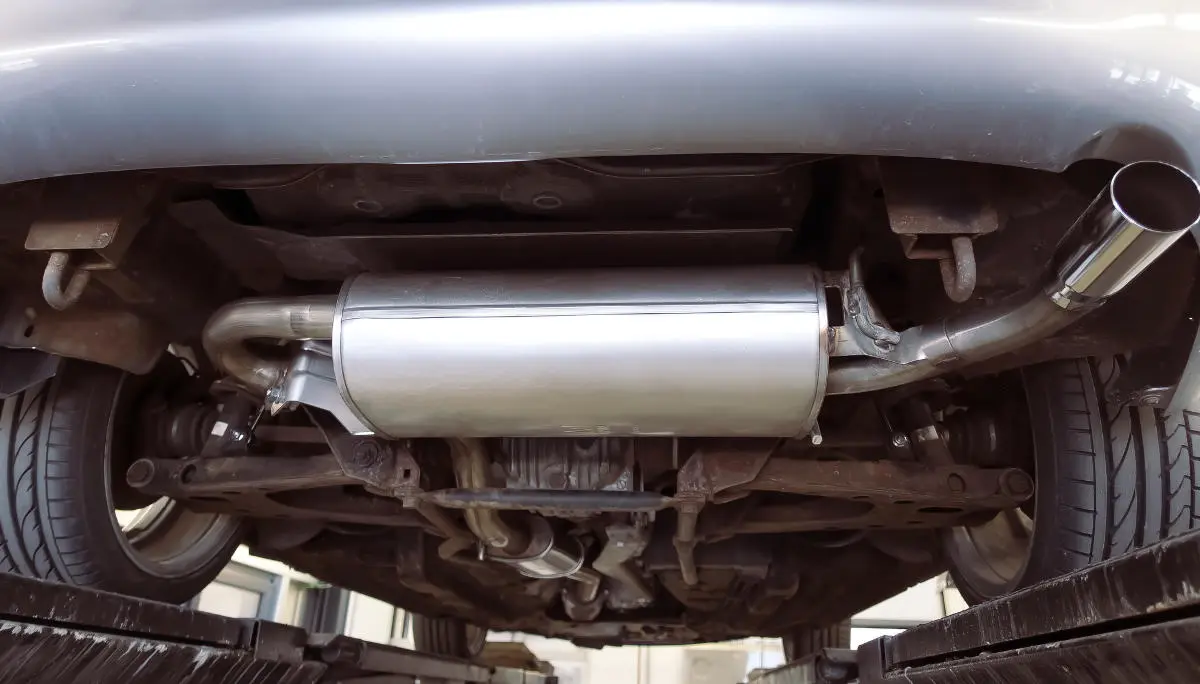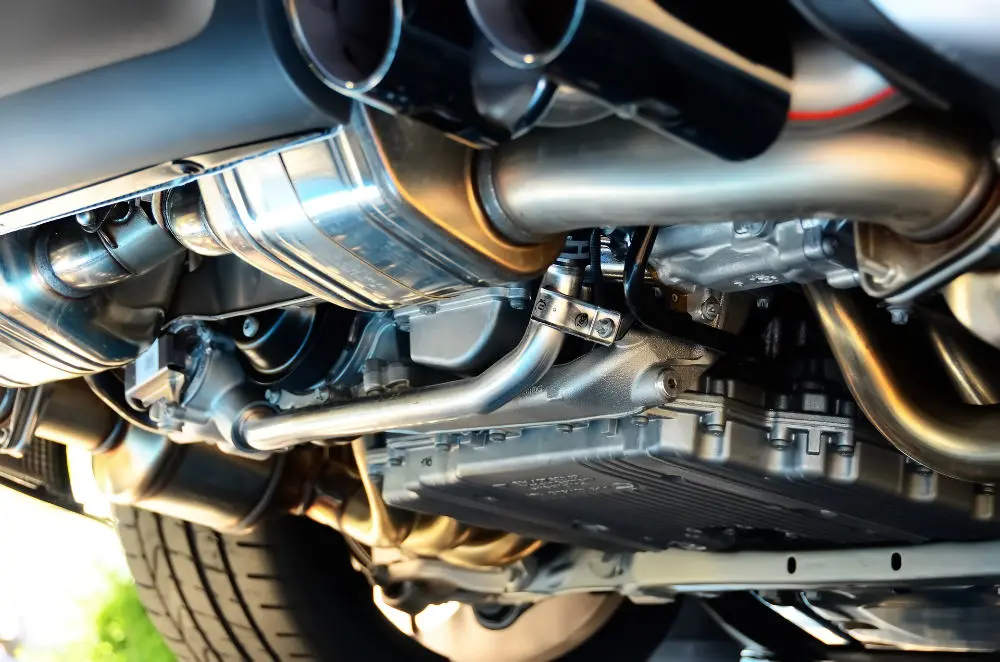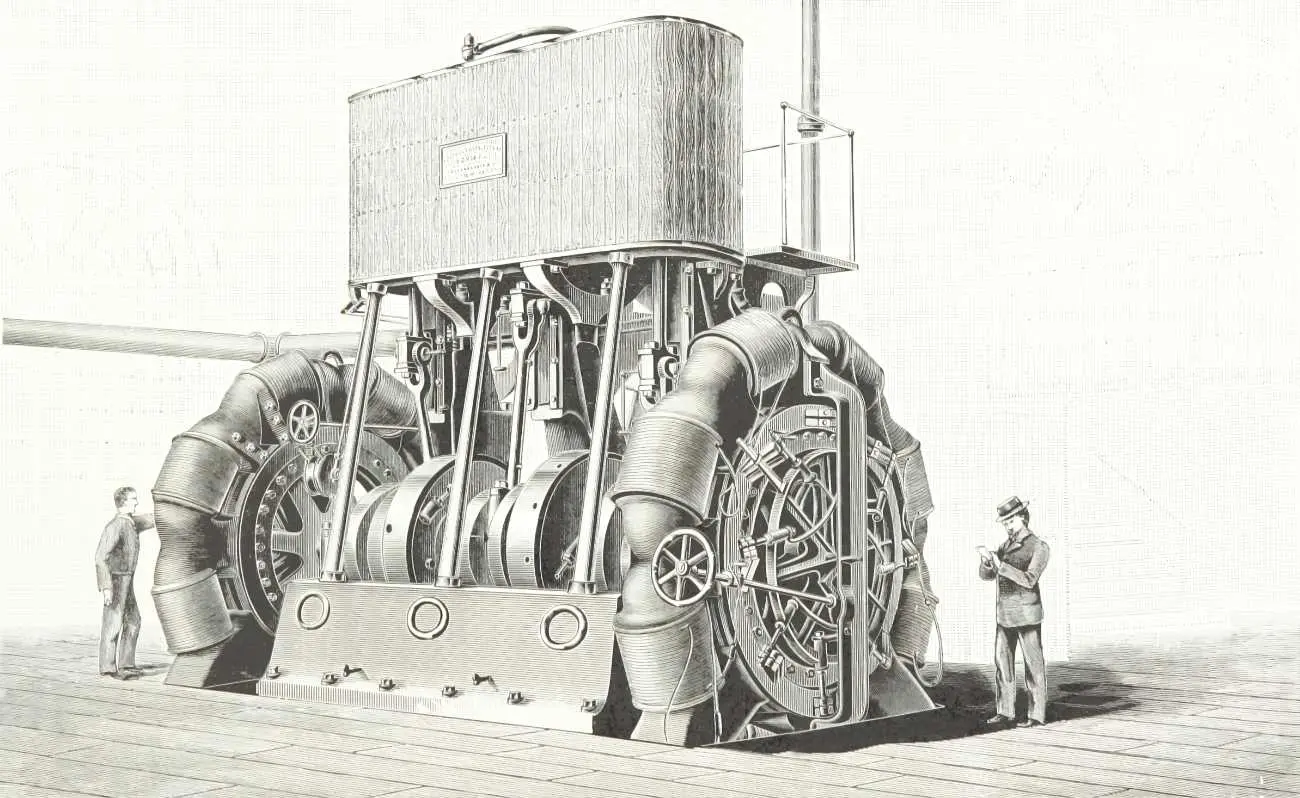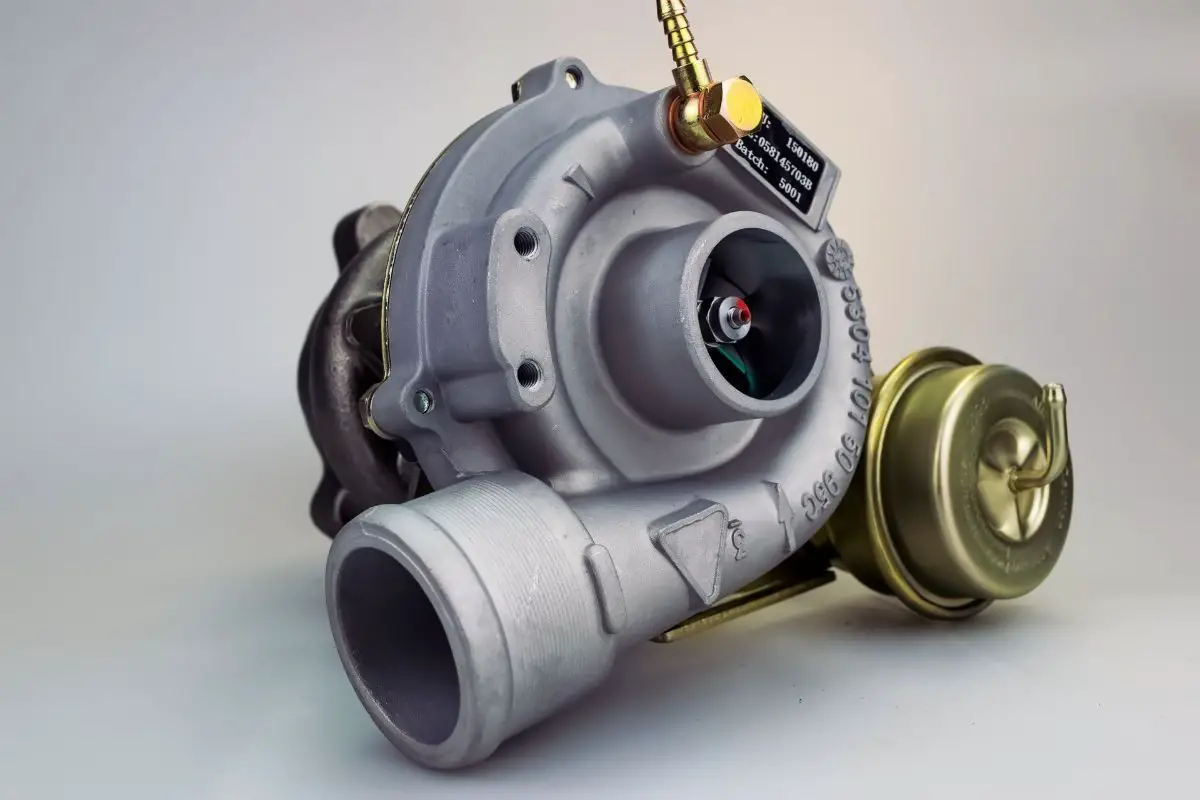When Did Catalytic Converters Become Standard in Cars?
Delve into catalytic converters' evolution, pivotal in reducing vehicle emissions and advancing environmental sustainability.

Catalytic converters stand as crucial components in modern vehicles, playing a pivotal role in curbing harmful emissions that contribute to air pollution and environmental degradation. By chemically converting toxic gases into less harmful substances, these devices significantly reduce the environmental footprint of automobiles, making them indispensable in the quest for cleaner air and sustainable transportation.
Catalytic Converters became standard in the US in 1975 due to The Clean Air Act and in Europe in 1993 due to the Euro 1 Emission Standards implemented by the European Union.
The journey of catalytic converters traces back to the mid-20th century amid growing concerns over rising pollution levels attributed to vehicular emissions. As policymakers and environmental advocates pushed for stricter regulations, automotive manufacturers embarked on a quest for innovative solutions to mitigate the environmental impact of automobiles.
The Pre-Catalytic Converter Era
Before the advent of catalytic converters, early attempts at controlling vehicle emissions were rudimentary at best. Vehicles of yesteryears relied on primitive methods such as crankcase ventilation and rudimentary air injection systems to manage emissions. However, these methods were largely ineffective in addressing the scale of pollution caused by automobiles.
Consequently, the pre-catalytic converter era was characterized by significant environmental challenges, with unchecked vehicular emissions contributing to air pollution, smog formation, and adverse health effects. The absence of adequate emission control technology posed a pressing environmental dilemma, prompting urgent calls for more effective solutions to tackle vehicular pollution.
The Emergence of Catalytic Converters
During the latter half of the 20th century, urban areas worldwide experienced a surge in air pollution, largely attributed to industrial activities and vehicular emissions. Concerns over public health and environmental degradation prompted governments to enact stringent regulations aimed at curbing pollution levels. As a result, the automotive industry faced increasing pressure to develop technologies capable of reducing harmful emissions from vehicles.
In response to growing regulatory demands, automotive engineers began exploring the potential of catalytic converters as a viable solution for mitigating vehicular pollution. Catalytic converters, equipped with precious metals like platinum, palladium, and rhodium, were designed to facilitate chemical reactions that convert toxic pollutants such as carbon monoxide, nitrogen oxides, and hydrocarbons into less harmful compounds like carbon dioxide, nitrogen, and water vapor.

The early implementation of catalytic converters in automobiles marked a significant milestone in emission control technology. Initially introduced as optional equipment in select vehicle models, catalytic converters gradually gained traction as their effectiveness in reducing emissions became evident. Manufacturers began integrating catalytic converters into their production lines, paving the way for widespread adoption in the automotive industry.
Initial Challenges and Technological Advancements
Despite their potential to mitigate vehicular pollution, early catalytic converters faced several challenges. Issues such as catalyst poisoning, limited durability, and high operating temperatures posed significant obstacles to their widespread adoption. However, ongoing research and technological advancements addressed these challenges over time.
Engineers developed improved catalyst formulations, enhancing catalytic converter performance and durability while reducing operating temperatures. Innovations in exhaust system design and engine management systems further optimized the efficiency of catalytic converters, making them more reliable and cost-effective solutions for emission control in vehicles.
Regulatory Influences
Governmental bodies worldwide played a pivotal role in driving the adoption of catalytic converters through stringent emission regulations and mandates. Recognizing the urgent need to address vehicular pollution, regulatory agencies imposed strict emissions standards on automakers, compelling them to incorporate emission control technologies like catalytic converters into their vehicles.
The Clean Air Act and Its Impact on Catalytic Converter Deployment
In the United States, the implementation of the Clean Air Act in 1970 marked a significant turning point in catalytic converter deployment as it essentially required all cars after the year 1975 to be equipped with a catalytic converter. The legislation empowered the Environmental Protection Agency (EPA) to establish and enforce emissions standards for motor vehicles, effectively mandating the widespread adoption of catalytic converters in new automobiles.
Under the Clean Air Act, automakers were required to meet increasingly stringent emissions standards, driving the rapid integration of catalytic converters into vehicle production lines. The legislation catalyzed technological innovation within the automotive industry, leading to the development of more efficient and durable catalytic converter systems capable of meeting regulatory requirements while minimizing environmental impact.
Harmonizing the European regulation: Euro 1 emission standards
In Europe, the implementation of catalytic converters on cars began in the mid-1980s. This shift was primarily driven by increasingly stringent emissions regulations aimed at curbing air pollution and improving air quality. As environmental concerns gained momentum, European automotive manufacturers started integrating catalytic converters into their vehicles to comply with regulatory standards and reduce harmful emissions. This marked a significant milestone in the region's efforts to address vehicular pollution and promote environmental sustainability. Catalytic converters have been mandatory on all new gasoline cars sold in the European Union since January 1, 1993, in order to comply with the Euro 1 emission standards.
Advancements and Improvements in Catalytic Converter Design
Over the decades, catalytic converter technology has undergone significant evolution, driven by continuous research and development efforts aimed at enhancing performance and durability. Technological advancements have led to innovations in catalyst formulation, substrate materials, and converter design, resulting in more efficient and compact emission control systems.
Modern catalytic converters feature advanced catalyst materials, such as high-surface-area formulations with optimized ratios of precious metals like platinum, palladium, and rhodium. These catalysts exhibit enhanced catalytic activity, facilitating faster and more thorough conversion of harmful pollutants into less harmful substances.
Transition from Early Catalyst Materials to More Efficient and Durable Options
Early catalytic converters primarily utilized noble metals like platinum and palladium as catalysts. However, ongoing research has led to the development of alternative catalyst formulations and substrate materials aimed at improving efficiency and durability while reducing costs.
Innovations such as three-way catalysts (TWCs) allow for simultaneous conversion of multiple pollutants, including nitrogen oxides (NOx), carbon monoxide (CO), and hydrocarbons (HC), further enhancing emission control efficiency. Additionally, the transition to advanced substrate materials, such as ceramic and metallic honeycombs, has improved heat resistance and mechanical durability, extending the lifespan of catalytic converters.
Mainstream Adoption
The mainstream adoption of catalytic converters in automobiles can be traced back to the 1970s and 1980s, following the implementation of stringent emissions regulations and mandates in key automotive markets. As regulatory pressures intensified, catalytic converters transitioned from optional equipment to mandatory components in new vehicles.

Several factors contributed to the widespread adoption of catalytic converters by automotive manufacturers. First and foremost, regulatory requirements mandated their inclusion in new vehicles to meet emissions standards. Additionally, advancements in catalytic converter technology made them more cost-effective and reliable, alleviating concerns about their impact on vehicle performance and affordability.
Furthermore, growing public awareness of environmental issues and increasing consumer demand for cleaner, more sustainable transportation further incentivized automakers to embrace catalytic converter technology. As a result, catalytic converters became integral components of modern vehicles, symbolizing the automotive industry's commitment to environmental stewardship and sustainable mobility.
Environmental and Health Impacts
The widespread adoption of catalytic converters has yielded significant benefits for both air quality and human health. Catalytic converters play a crucial role in mitigating air pollution, smog formation, and related environmental degradation by effectively reducing the emission of harmful pollutants from vehicles. Improved air quality resulting from reduced vehicular emissions contributes to the preservation of ecosystems and biodiversity, as well as the enhancement of overall environmental sustainability.
Moreover, the positive impact of catalytic converters extends to human health. By minimizing exposure to toxic pollutants such as carbon monoxide (CO), nitrogen oxides (NOx), and hydrocarbons (HC), catalytic converters help mitigate the risk of respiratory ailments, cardiovascular diseases, and other health issues associated with air pollution. As a result, widespread adoption of catalytic converter technology contributes to public health and well-being by creating healthier and safer environments for communities worldwide.
Catalytic converters facilitate the conversion of harmful pollutants emitted by vehicles into less harmful substances, thereby reducing their environmental impact. Key pollutants targeted by catalytic converters include carbon monoxide (CO), which poses health risks and contributes to the formation of smog, nitrogen oxides (NOx), which are primary contributors to air pollution and acid rain, and hydrocarbons (HC), which contribute to smog formation and ground-level ozone.
Additionally, catalytic converters contribute to the reduction of greenhouse gas emissions, such as carbon dioxide (CO2), by promoting more complete combustion of fuel and reducing the formation of carbon monoxide (CO) and unburned hydrocarbons (HC). By mitigating both conventional pollutants and greenhouse gases, catalytic converters play a vital role in addressing climate change and promoting environmental sustainability.

Challenges and Limitations
Despite their effectiveness in reducing vehicular emissions, catalytic converters face several challenges and limitations. One significant issue is catalyst poisoning, wherein contaminants in fuel or engine oil can deactivate the catalyst, reducing its efficiency over time. Additionally, catalytic converters must withstand harsh operating conditions, including high temperatures and exposure to corrosive gases, which can affect their durability and longevity.
Moreover, the production and installation of catalytic converters incur costs, which can impact vehicle affordability and accessibility, particularly in regions with limited resources or economic constraints. The integration of advanced catalyst materials and substrate technologies aimed at improving performance and durability may further contribute to the overall cost of catalytic converter systems.
Ongoing Research and Development to Address Limitations
To overcome these challenges and limitations, ongoing research and development efforts focus on enhancing catalytic converter performance, durability, and cost-effectiveness. Innovative approaches include the development of more robust catalyst formulations resistant to catalyst poisoning, as well as advanced substrate materials capable of withstanding harsh operating conditions.
Furthermore, advancements in manufacturing processes and materials science aim to optimize catalytic converter design and production, reducing costs while maintaining performance standards. Collaborative efforts between automotive manufacturers, research institutions, and regulatory agencies drive innovation in catalytic converter technology, ensuring continuous improvement and adaptation to evolving environmental and regulatory requirements.
Future Outlook
Looking ahead, the future of catalytic converter technology holds promise for further advancements aimed at enhancing efficiency, durability, and environmental performance. Researchers are exploring innovative catalyst formulations and substrate materials to improve catalytic activity and resistance to catalyst poisoning, ultimately leading to more effective emission control.
Additionally, advancements in manufacturing techniques and nanotechnology may enable the development of catalytic converters with tailored structures and compositions, optimizing catalytic performance while minimizing material usage and environmental impact. Moreover, the integration of predictive maintenance technologies and onboard diagnostics systems could enhance the monitoring and management of catalytic converter performance, ensuring optimal functionality throughout their lifespan.
As the automotive industry undergoes a transformation towards electrification, catalytic converters may continue to play a role in hybrid and internal combustion engine (ICE) vehicles during the transition period. While electric vehicles (EVs) themselves produce zero tailpipe emissions, the manufacturing processes and energy sources used to power them may still generate emissions that necessitate emission control measures.
In this context, catalytic converters could be integrated into hybrid vehicles equipped with internal combustion engines, serving as a bridge towards cleaner transportation while electric vehicle infrastructure continues to evolve. Furthermore, catalytic converters may find applications in auxiliary systems such as fuel cells and range extenders, contributing to overall emissions reduction in diverse automotive platforms.
Conclusion
In conclusion, catalytic converters represent a cornerstone of modern emission control technology, playing a vital role in reducing vehicle emissions and mitigating environmental impact. From their inception amid growing concerns over air pollution to becoming standard automotive components mandated by stringent regulations, catalytic converters have undergone a remarkable journey driven by advancements in science, technology, and regulatory initiatives.
Reflecting on their significance, catalytic converters stand as tangible symbols of the automotive industry's commitment to environmental sustainability and public health. As efforts to combat climate change and air pollution intensify, catalytic converters remain indispensable tools in the quest for cleaner air and a healthier planet. Moving forward, ongoing research and collaboration will continue to drive innovation in catalytic converter technology, ensuring their continued effectiveness in shaping a more sustainable future for transportation.
Also read:






